
Land Use
Afforestation
4.0Afforestation is the process of planting trees in areas where there were none before. This helps in reducing carbon dioxide in the atmosphere, as trees absorb carbon dioxide during photosynthesis.
- Cost
-
3
- Scalability
-
4
- Public Support
-
4
- Government Support
-
4
- Workforce Availability
-
3

Land Use
Forest protection can directly benefit climate change efforts by reducing greenhouse gas emissions and increasing carbon sequestration, as forests act as natural carbon sinks and help maintain the balance of atmospheric gases. Additionally, protecting forests can also help preserve biodiversity and ecosystem services, which are crucial to maintaining a healthy planet.
- Cost
-
4
- Scalability
-
4
- Public Support
-
4
- Government Support
-
4
- Workforce Availability
-
3

Energy
Nuclear
4.0Nuclear power is a low-carbon energy source that can help reduce greenhouse gas emissions and mitigate climate change. It provides a reliable and continuous source of electricity without producing air pollution or emitting carbon dioxide.
- Cost
-
1
- Scalability
-
3
- Public Support
-
1
- Government Support
-
3
- Workforce Availability
-
2

Land Use
Peatlands
4.0Peatlands can directly benefit climate change efforts by storing carbon and reducing greenhouse gas emissions through their ability to absorb and retain water. When peatlands are restored, their carbon storage capacity can increase, making them an important part of global efforts to mitigate climate change.
- Cost
-
4
- Scalability
-
4
- Public Support
-
4
- Government Support
-
4
- Workforce Availability
-
2

Food
Regenerative Agriculture is a holistic approach that focuses on rebuilding healthy soils, restoring biodiversity, and enhancing ecosystem services. By adopting regenerative practices, agriculture can sequester carbon, reduce greenhouse gas emissions, and mitigate the impacts of climate change.
- Cost
-
3
- Scalability
-
4
- Public Support
-
4
- Government Support
-
4
- Workforce Availability
-
4

Energy
Solar
4.0Solar energy can help reduce greenhouse gas emissions by providing a clean and renewable source of electricity. By transitioning to solar power, we can decrease our dependence on fossil fuels and mitigate the harmful impacts of climate change.
- Cost
-
4
- Scalability
-
4
- Public Support
-
4
- Government Support
-
4
- Workforce Availability
-
3

Land Use
Temperate forests absorb and store large amounts of carbon dioxide, helping to mitigate the harmful effects of climate change. Protecting and restoring temperate forests can therefore contribute significantly to global efforts to reduce greenhouse gas emissions.
- Cost
-
4
- Scalability
-
4
- Public Support
-
4
- Government Support
-
4
- Workforce Availability
-
3

Land Use
Tropical Forests
4.0Tropical forests can directly benefit climate change efforts by absorbing and storing large amounts of carbon dioxide from the atmosphere, helping to reduce the amount of greenhouse gases that contribute to global warming. Additionally, preserving and restoring tropical forests can also help maintain biodiversity and protect the habitats of many species which are threatened by climate change.
- Cost
-
4
- Scalability
-
4
- Public Support
-
4
- Government Support
-
4
- Workforce Availability
-
3

Energy
Wind Turbines
4.0Wind turbines generate electricity from a renewable and clean source - wind. By replacing fossil fuel power plants, wind turbines can significantly reduce greenhouse gas emissions and mitigate climate change.
- Cost
-
4
- Scalability
-
4
- Public Support
-
4
- Government Support
-
4
- Workforce Availability
-
3

Land Use
Coastal Wetlands
3.0Coastal wetlands are effective natural carbon sinks that can help mitigate climate change by capturing and storing large amounts of carbon dioxide from the atmosphere. Additionally, these wetlands can protect coastal communities from the impacts of climate change by reducing the risk of flooding and erosion.
- Cost
-
3
- Scalability
-
3
- Public Support
-
4
- Government Support
-
3
- Workforce Availability
-
3

Food
Conservation Agriculture is a farming system that promotes minimal soil disturbance, permanent soil cover, and crop rotation. This approach helps to sequester carbon in soil, reduce greenhouse gas emissions, and improve soil health, making it a valuable tool for mitigating climate change.
- Cost
-
3
- Scalability
-
4
- Public Support
-
4
- Government Support
-
4
- Workforce Availability
-
4

Future Developments
Direct Air Capture is a technology that can remove carbon dioxide from the air, making it an effective tool in reducing greenhouse gas emissions and mitigating climate change. By capturing and storing carbon, it can help offset emissions from hard-to-decarbonize sectors like transportation and industry.
- Cost
-
2
- Scalability
-
3
- Public Support
-
3
- Government Support
-
4
- Workforce Availability
-
3

Transportation
Electric Personal Vehicles (EPVs), such as electric cars and bicycles, can directly benefit climate change efforts by reducing greenhouse gas emissions from transportation, which is a major contributor to climate change.
- Cost
-
3
- Scalability
-
4
- Public Support
-
4
- Government Support
-
3
- Workforce Availability
-
3
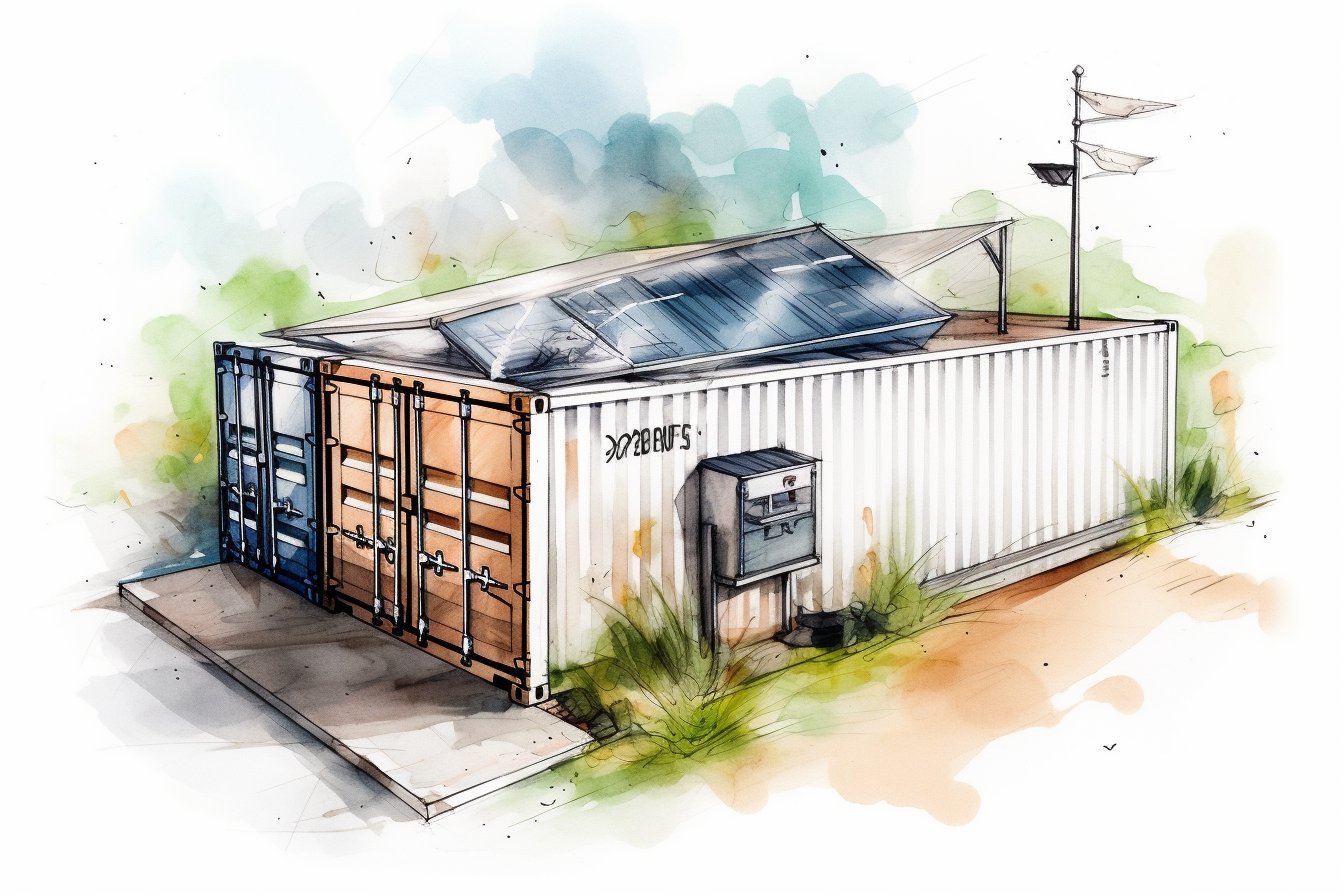
Energy
Energy Storage
3.0Energy storage can directly benefit climate change efforts by allowing renewable energy sources, such as wind and solar, to be stored and distributed efficiently, reducing the need for fossil fuel-based electricity generation and overall carbon emissions. This helps to create a more sustainable and cleaner energy system.
- Cost
-
3
- Scalability
-
4
- Public Support
-
3
- Government Support
-
4
- Workforce Availability
-
3

Food
Farmland restoration involves restoring degraded land to its original productive state. This can benefit climate change efforts by increasing carbon sequestration in the soil, promoting biodiversity, and reducing greenhouse gas emissions from agriculture.
- Cost
-
3
- Scalability
-
3
- Public Support
-
3
- Government Support
-
4
- Workforce Availability
-
3

Energy
Geothermal
3.0Geothermal energy is a renewable source of power that can be used to replace fossil fuels, reducing greenhouse gas emissions and mitigating climate change. The technology is highly efficient and can be used for heating, cooling, and electricity generation, making it a versatile solution for reducing carbon emissions.
- Cost
-
2
- Scalability
-
2
- Public Support
-
3
- Government Support
-
3
- Workforce Availability
-
2

Transportation
High-speed Rail
3.0High-speed rail can benefit climate change efforts by providing a more sustainable alternative to air travel and reducing carbon emissions from transportation. It can also promote the shift towards low-carbon transportation and help to reduce the reliance on fossil fuels.
- Cost
-
2
- Scalability
-
3
- Public Support
-
3
- Government Support
-
3
- Workforce Availability
-
3

Food
Improved rice production techniques can reduce greenhouse gas emissions by decreasing methane emissions from flooded paddies and increasing the amount of carbon stored in the soil. This can lead to significant contributions towards mitigating climate change.
- Cost
-
3
- Scalability
-
3
- Public Support
-
3
- Government Support
-
4
- Workforce Availability
-
3
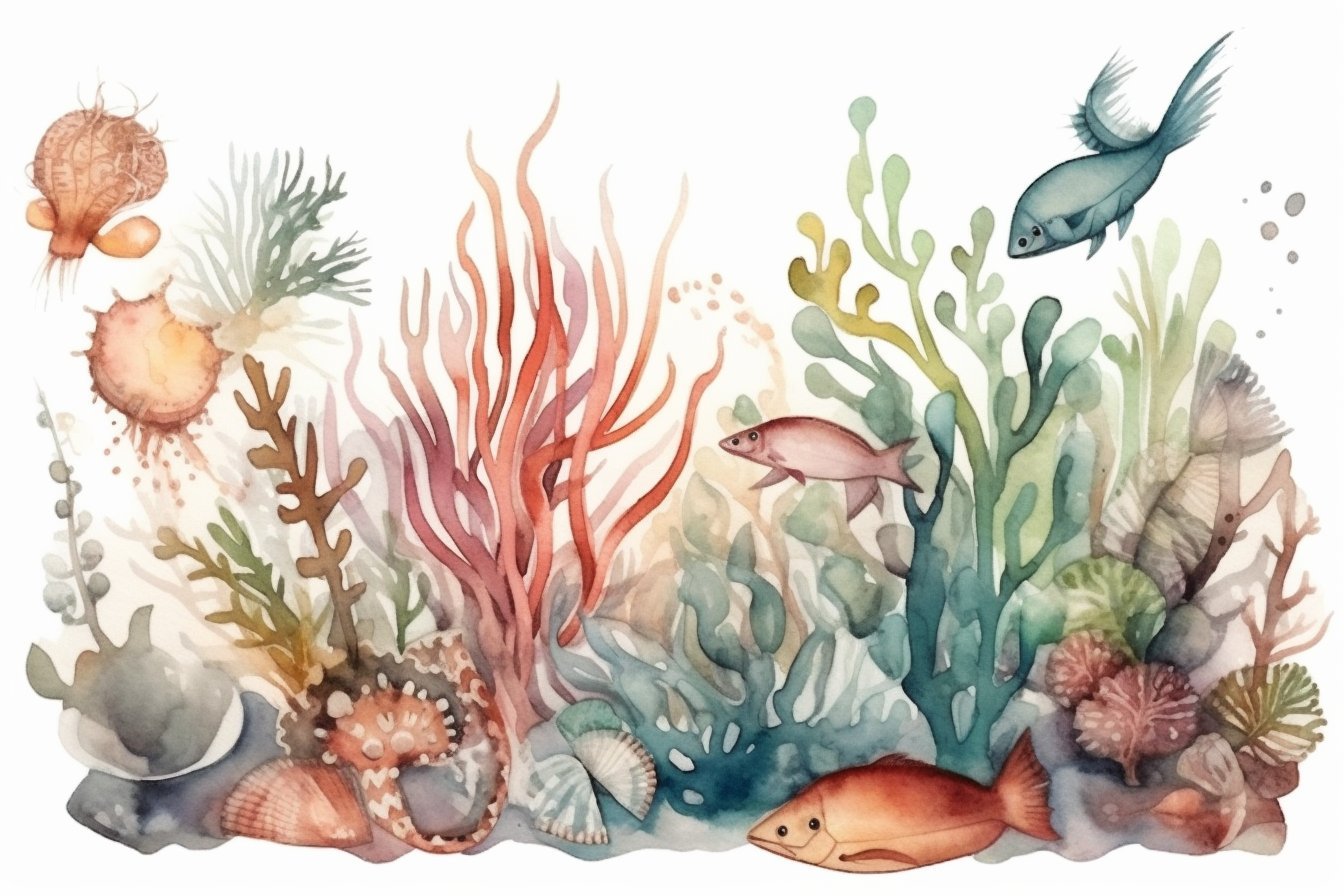
Future Developments
Marine Permaculture is a system that uses ocean farming techniques to grow seaweed and shellfish, which absorb carbon dioxide from the atmosphere. This can directly benefit climate change efforts by reducing greenhouse gas emissions and creating a sustainable source of food and energy.
- Cost
-
3
- Scalability
-
3
- Public Support
-
3
- Government Support
-
3
- Workforce Availability
-
3

Transportation
Mass Transit
3.0Mass transit, such as buses and trains, can directly benefit climate change efforts by reducing the number of cars on the road, thus decreasing greenhouse gas emissions and improving air quality. Additionally, mass transit can encourage individuals to choose more sustainable transportation options, leading to a reduction in overall carbon footprint.
- Cost
-
3
- Scalability
-
4
- Public Support
-
4
- Government Support
-
4
- Workforce Availability
-
4

Food
Multistrata agroforestry is a sustainable farming technique that involves planting multiple layers of crops and trees, which can sequester large amounts of carbon from the atmosphere. This can directly benefit climate change efforts by reducing carbon emissions and promoting biodiversity.
- Cost
-
3
- Scalability
-
3
- Public Support
-
3
- Government Support
-
4
- Workforce Availability
-
3

Buildings & Cities
Net zero buildings are designed to produce as much energy as they consume, greatly reducing their carbon footprint and contributing to the reduction of greenhouse gas emissions. This can help mitigate the impacts of climate change by decreasing the amount of energy needed from traditional fossil fuel sources.
- Cost
-
3
- Scalability
-
3
- Public Support
-
4
- Government Support
-
4
- Workforce Availability
-
3

Future Developments
Ocean Farming
3.0Ocean farming involves growing seaweed and other marine plants to absorb carbon dioxide from the atmosphere and reduce ocean acidity, while also providing a sustainable source of food and biofuel. This can directly benefit climate change efforts by reducing greenhouse gas emissions and promoting ocean health.
- Cost
-
3
- Scalability
-
3
- Public Support
-
3
- Government Support
-
3
- Workforce Availability
-
3

Food
Plant-Rich Diets
3.0Plant-rich diets can directly benefit climate change efforts by reducing greenhouse gas emissions associated with livestock production and deforestation, while promoting more sustainable land use practices that help sequester carbon in the soil.
- Cost
-
4
- Scalability
-
4
- Public Support
-
4
- Government Support
-
3
- Workforce Availability
-
4

Food
Reducing food waste can directly benefit climate change efforts by decreasing the amount of methane emissions from decomposing food in landfills, as well as reducing the energy and resources needed to produce, transport, and dispose of wasted food.
- Cost
-
4
- Scalability
-
4
- Public Support
-
4
- Government Support
-
3
- Workforce Availability
-
3
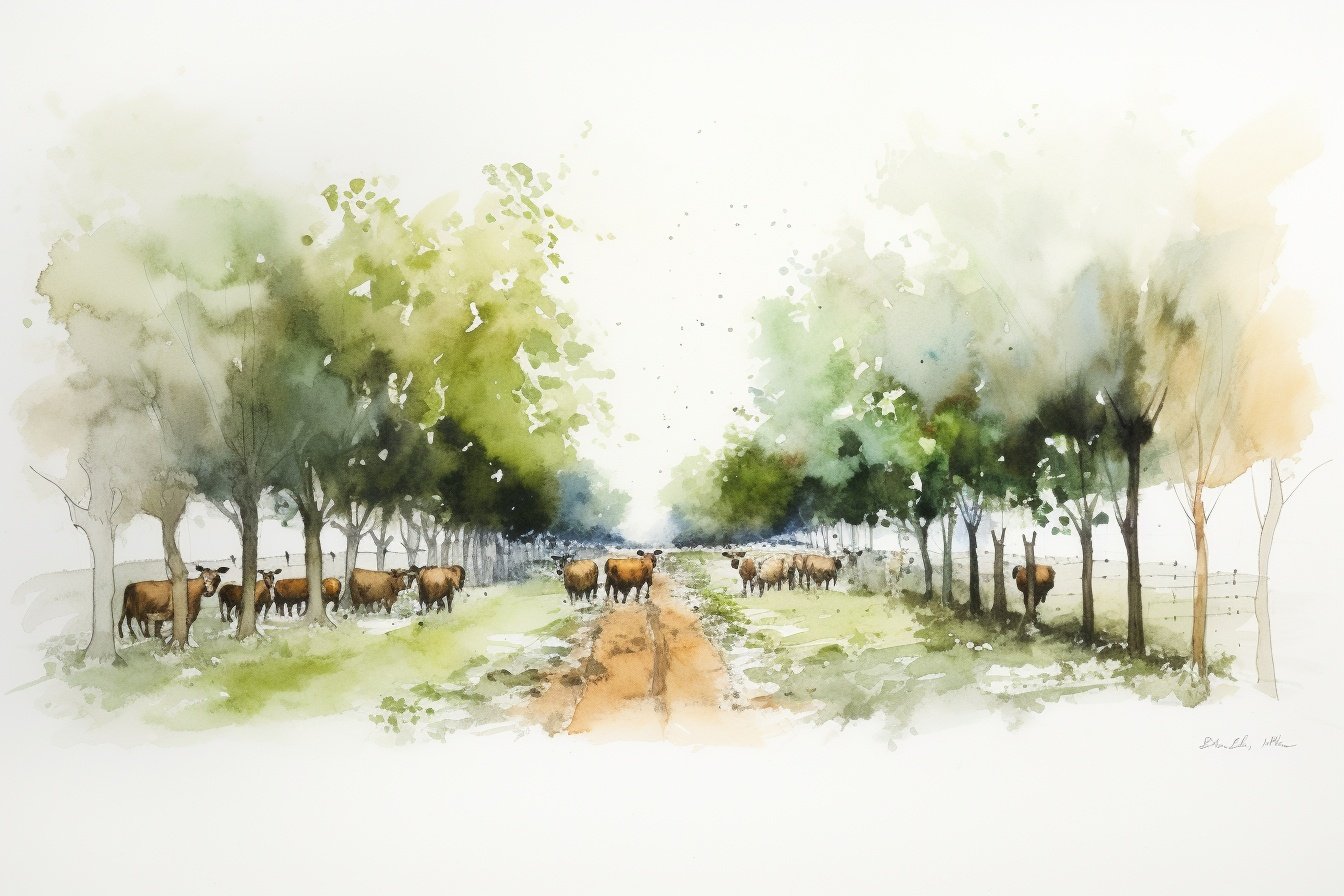
Future Developments
Silvopasture
3.0Silvopasture is a sustainable land-use system that integrates trees, forage, and livestock, which can sequester carbon in the soil and biomass, reduce greenhouse gas emissions, and improve soil health, biodiversity, and productivity, while providing economic and social benefits for farmers and communities. Therefore, silvopasture can directly benefit climate change efforts by mitigating and adapting to its impacts, enhancing ecosystem services, and promoting sustainable agriculture and forestry practices.
- Cost
-
3
- Scalability
-
3
- Public Support
-
3
- Government Support
-
3
- Workforce Availability
-
3
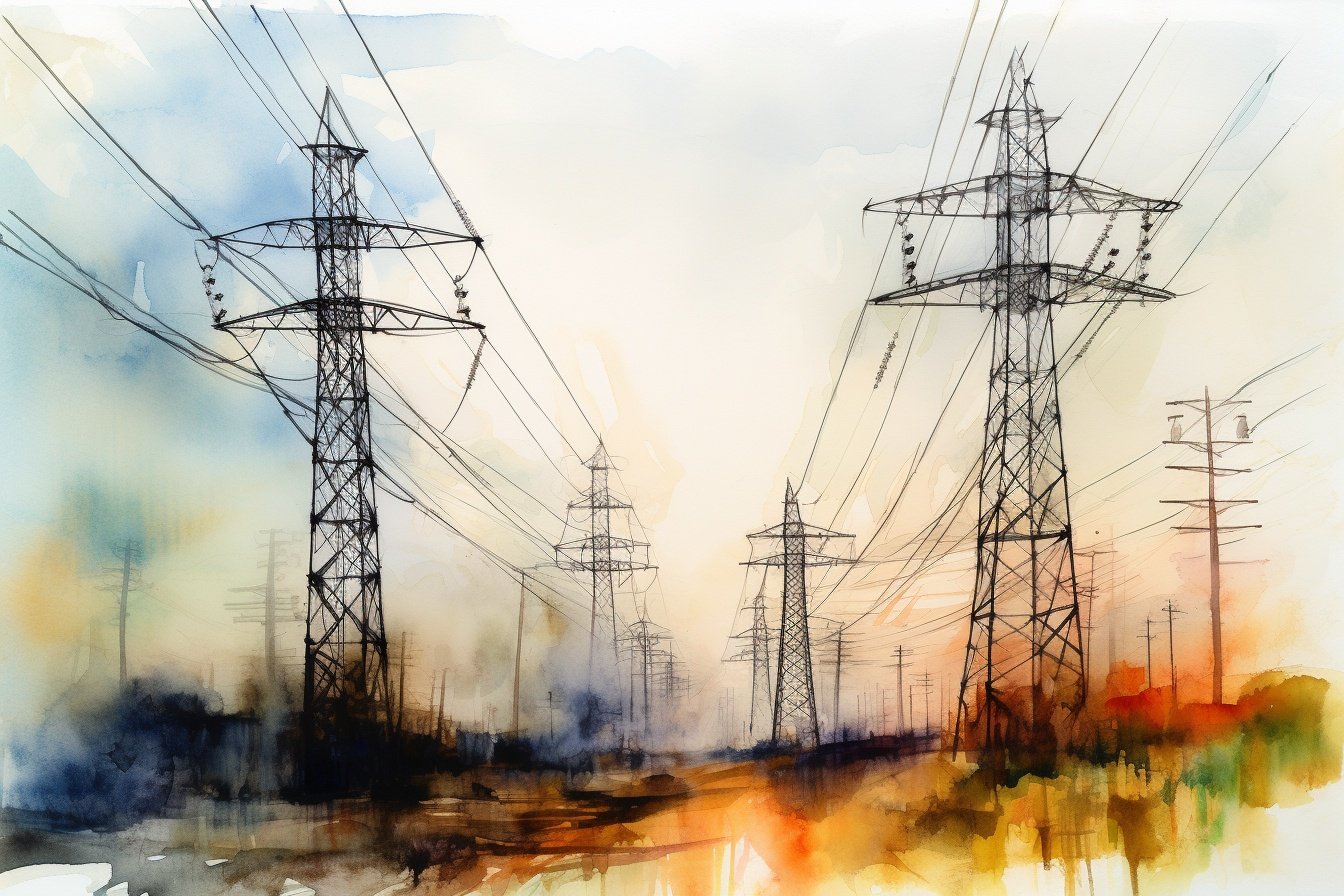
Future Developments
Smart Grids
3.0Smart grids can directly benefit climate change efforts by optimizing the integration of renewable energy sources, improving energy efficiency, and reducing greenhouse gas emissions, thus helping to mitigate climate change impacts. Additionally, smart grids can enable the deployment of electric vehicles and storage systems, facilitating the transition to a low-carbon energy system.
- Cost
-
3
- Scalability
-
4
- Public Support
-
4
- Government Support
-
4
- Workforce Availability
-
4

Food
Tree intercropping is the practice of planting trees alongside crops to improve soil health and increase biodiversity. This can directly benefit climate change efforts by sequestering carbon in both the soil and trees, reducing greenhouse gas emissions, and enhancing resilience to extreme weather events.
- Cost
-
3
- Scalability
-
3
- Public Support
-
3
- Government Support
-
3
- Workforce Availability
-
3

Food
Tropical staple trees, such as cassava and yams, are drought-resistant and low-maintenance crops that can sequester carbon and provide food security for communities in the tropics. By promoting the cultivation of these trees, we can reduce deforestation, improve soil health, and mitigate the impacts of climate change.
- Cost
-
3
- Scalability
-
3
- Public Support
-
3
- Government Support
-
4
- Workforce Availability
-
3
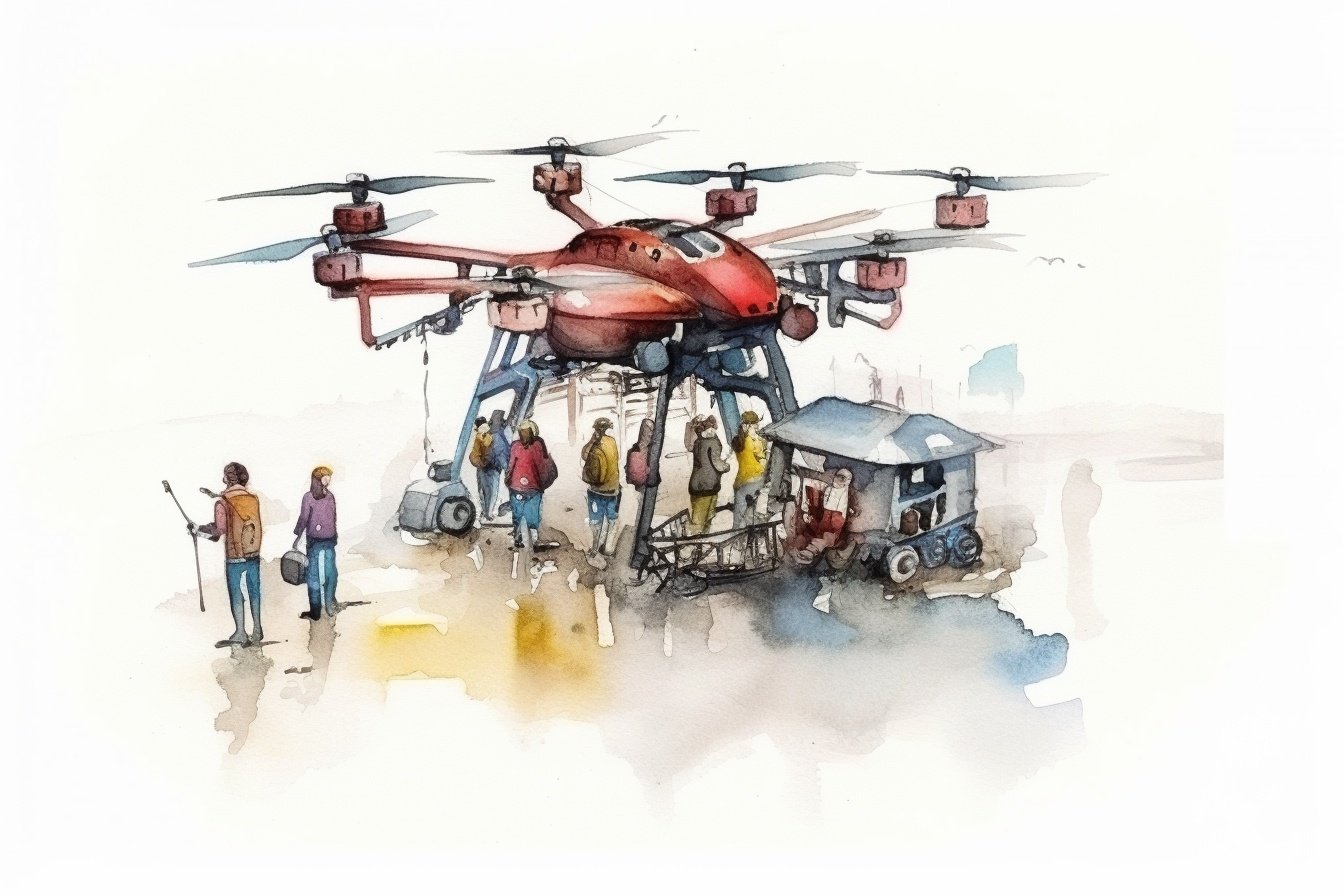
Transportation
Airplanes
2.0Airplanes can benefit climate change efforts by reducing their carbon emissions through the use of sustainable aviation fuels and investing in more fuel-efficient technologies, which can significantly lower the amount of greenhouse gases released into the atmosphere. Additionally, implementing carbon offset programs and reducing unnecessary air travel can also help mitigate the impact of air travel on the environment.
- Cost
-
1
- Scalability
-
4
- Public Support
-
2
- Government Support
-
2
- Workforce Availability
-
3

Materials
Alternative cement is a type of cement that emits significantly less carbon dioxide during production than traditional cement. By using alternative cement in construction projects, we can reduce greenhouse gas emissions and contribute to efforts to combat climate change.
- Cost
-
3
- Scalability
-
4
- Public Support
-
3
- Government Support
-
4
- Workforce Availability
-
3

Future Developments
Autonomous vehicles can reduce carbon emissions by optimizing driving routes, reducing traffic congestion, and improving fuel efficiency. Additionally, they can encourage the use of electric or alternative fuel vehicles, further reducing greenhouse gas emissions.
- Cost
-
3
- Scalability
-
4
- Public Support
-
4
- Government Support
-
4
- Workforce Availability
-
4

Food
Biochar
2.0Biochar is a form of charcoal produced from organic waste that can sequester carbon and improve soil health when applied to agricultural lands. Its use can help mitigate climate change by reducing greenhouse gas emissions and enhancing soil fertility.
- Cost
-
2
- Scalability
-
2
- Public Support
-
2
- Government Support
-
3
- Workforce Availability
-
2

Energy
Biomass
2.0Biomass can directly benefit climate change efforts by providing a renewable source of energy that reduces greenhouse gas emissions. When used to replace fossil fuels, biomass can help mitigate the impact of climate change by reducing carbon emissions.
- Cost
-
2
- Scalability
-
2
- Public Support
-
2
- Government Support
-
2
- Workforce Availability
-
2
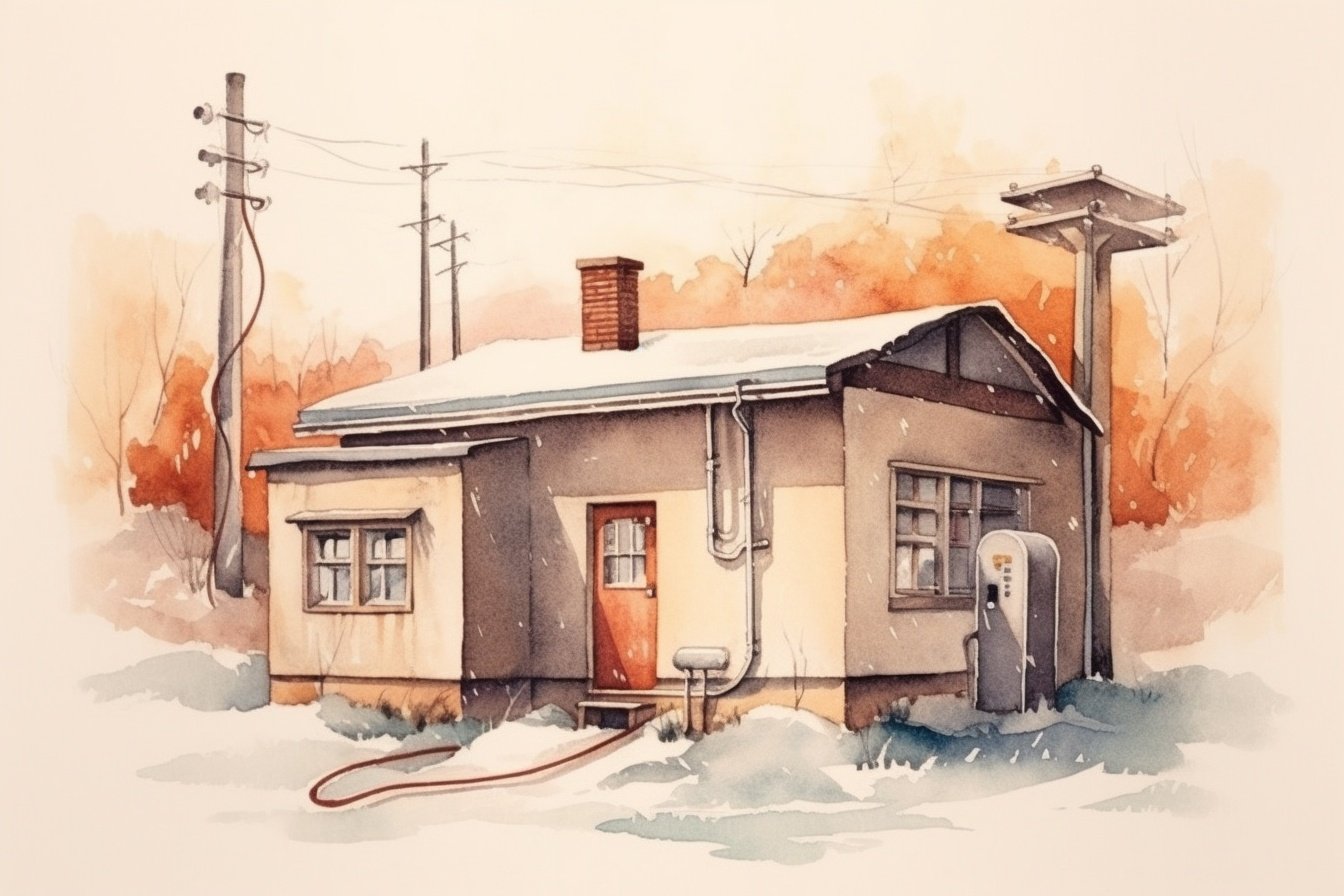
Energy
Cogeneration
2.0Cogeneration, also known as combined heat and power (CHP), is a highly efficient process that generates both electricity and heat from a single fuel source. By using CHP, we can reduce greenhouse gas emissions by up to 30% compared to traditional power generation methods, making it a valuable tool in our efforts to combat climate change.
- Cost
-
3
- Scalability
-
3
- Public Support
-
3
- Government Support
-
2
- Workforce Availability
-
3
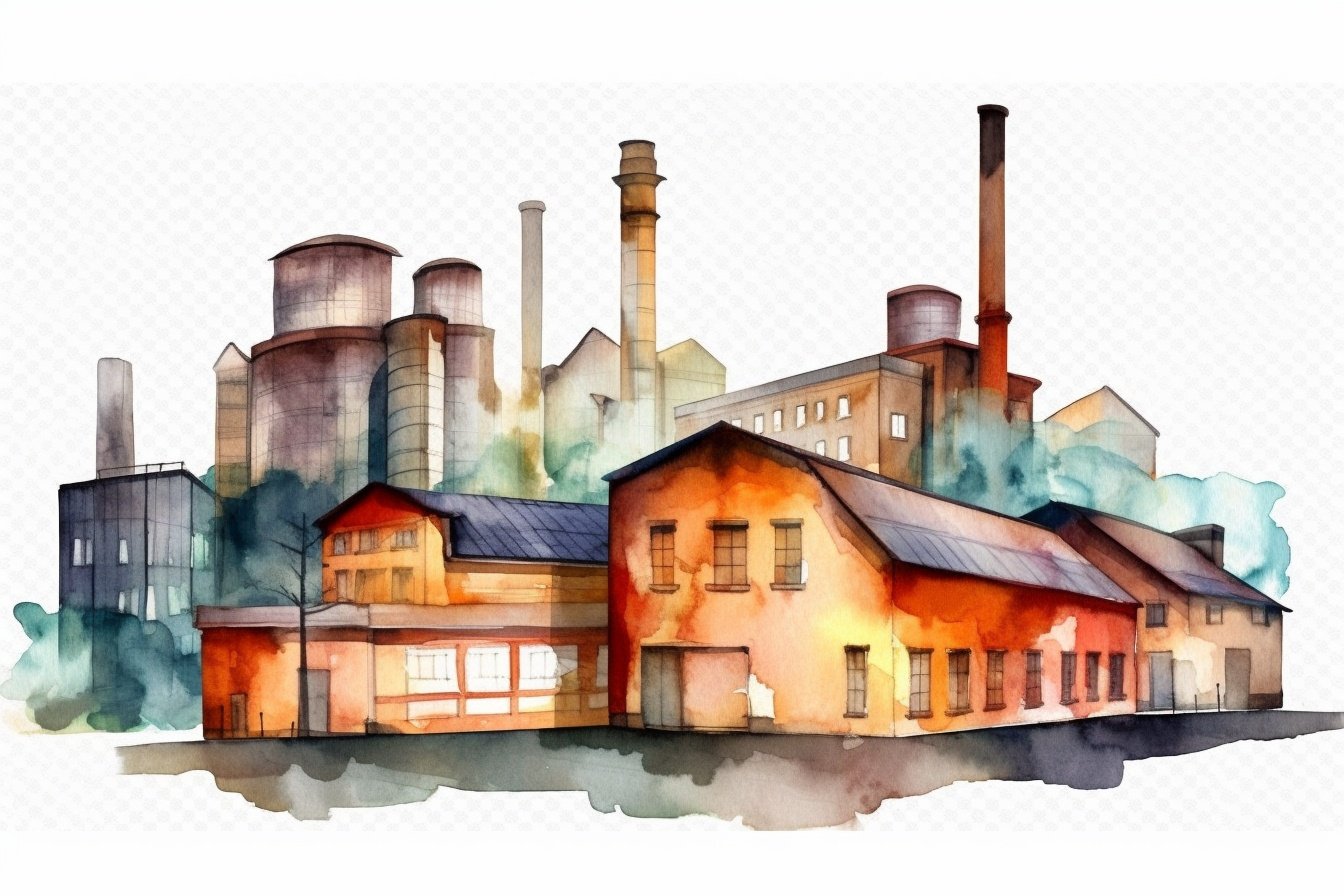
Buildings & Cities
District Heating
2.0District heating can directly benefit climate change efforts by reducing greenhouse gas emissions through the centralization of heating systems, increased energy efficiency, and the use of renewable energy sources. It can also help to reduce energy poverty by providing affordable and reliable heating for communities.
- Cost
-
3
- Scalability
-
3
- Public Support
-
3
- Government Support
-
4
- Workforce Availability
-
3

Future Developments
Enhanced weathering of minerals involves increasing the rate at which rocks react with carbon dioxide, effectively removing it from the atmosphere and locking it away in mineral form. This process has the potential to offset a significant amount of carbon emissions and help mitigate the effects of climate change.
- Cost
-
3
- Scalability
-
3
- Public Support
-
3
- Government Support
-
3
- Workforce Availability
-
3
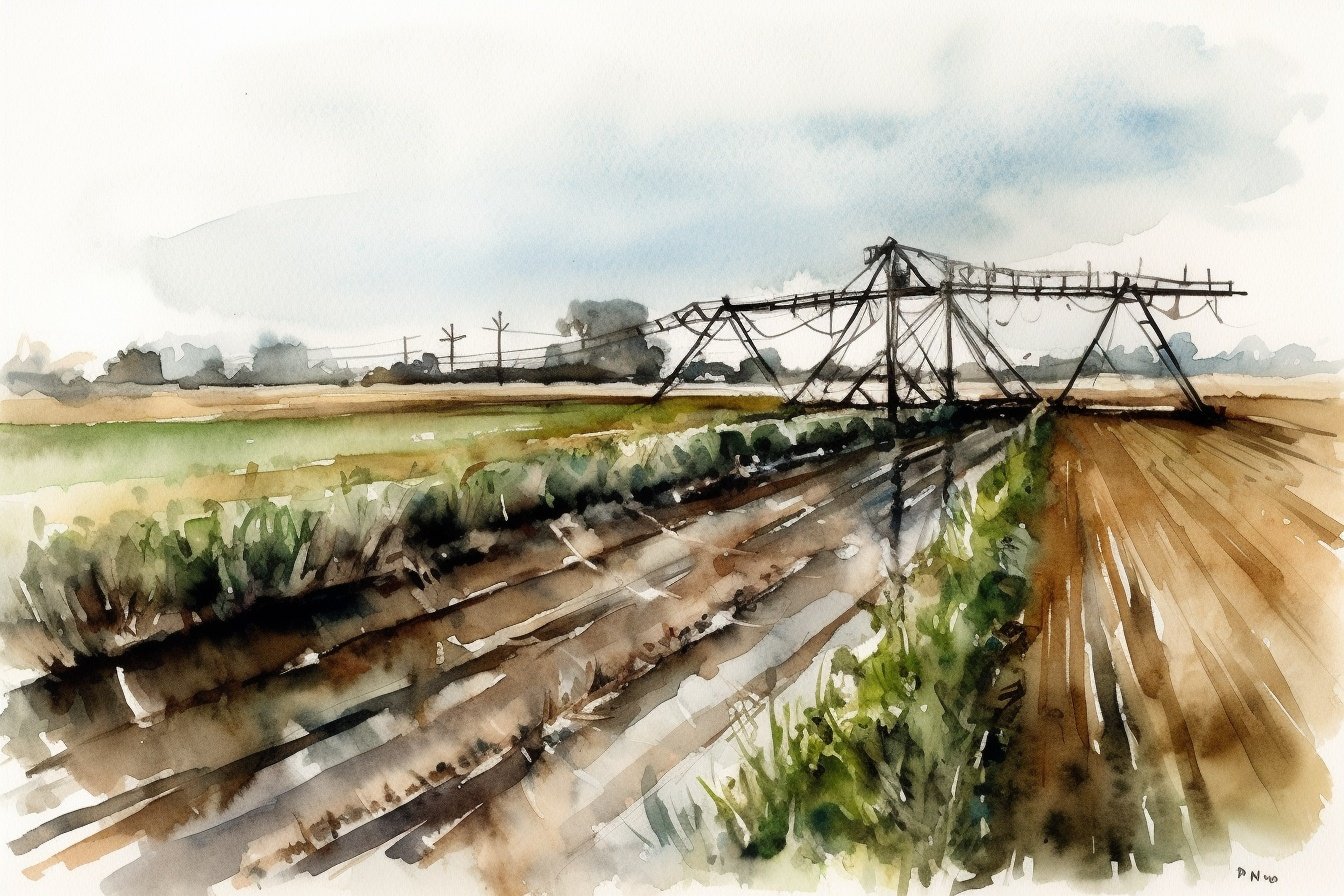
Food
Farmland irrigation can directly benefit climate change efforts by increasing crop yields and sequestering carbon in the soil through improved soil health practices, reducing the need for deforestation and land conversion, and potentially mitigating greenhouse gas emissions from fertilizer use.
- Cost
-
2
- Scalability
-
3
- Public Support
-
3
- Government Support
-
3
- Workforce Availability
-
3

Energy
Grid Flexibility
2.0Grid flexibility refers to the ability of a power grid to quickly and efficiently adjust to changes in electricity supply and demand. This can directly benefit climate change efforts by allowing for greater integration of renewable energy sources and reducing reliance on fossil fuels.
- Cost
-
3
- Scalability
-
4
- Public Support
-
3
- Government Support
-
4
- Workforce Availability
-
2
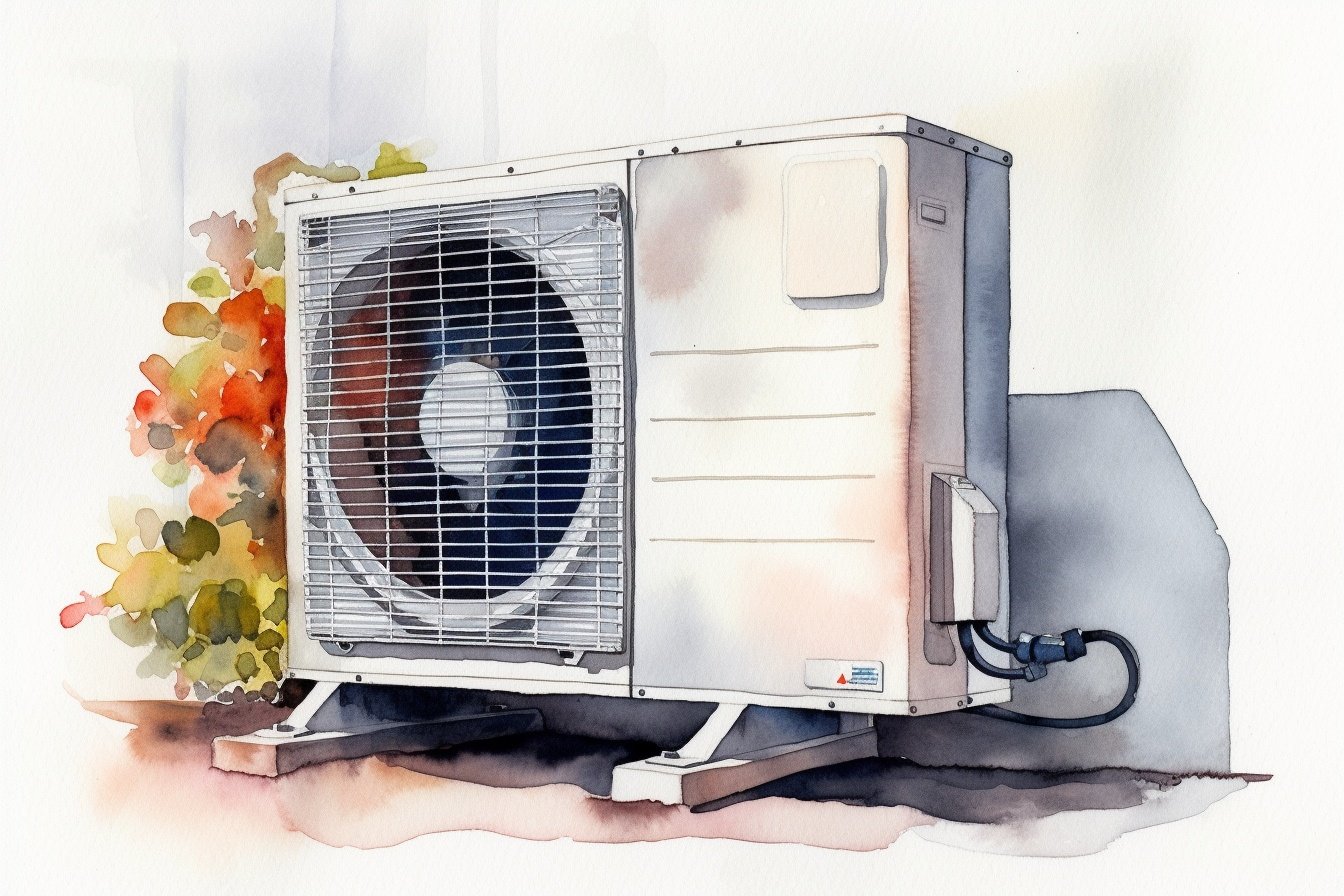
Buildings & Cities
Heat Pumps
2.0Heat pumps are energy-efficient devices that can both heat and cool buildings using electricity instead of fossil fuels, reducing greenhouse gas emissions. By replacing traditional heating and cooling systems with heat pumps, we can significantly reduce our carbon footprint and contribute to climate change mitigation.
- Cost
-
3
- Scalability
-
3
- Public Support
-
3
- Government Support
-
4
- Workforce Availability
-
3

Future Developments
Hydrogen-Boron fusion is a clean and sustainable energy source that produces no greenhouse gases or nuclear waste. Its successful implementation can greatly reduce carbon emissions and combat climate change.
- Cost
-
1
- Scalability
-
3
- Public Support
-
3
- Government Support
-
4
- Workforce Availability
-
2
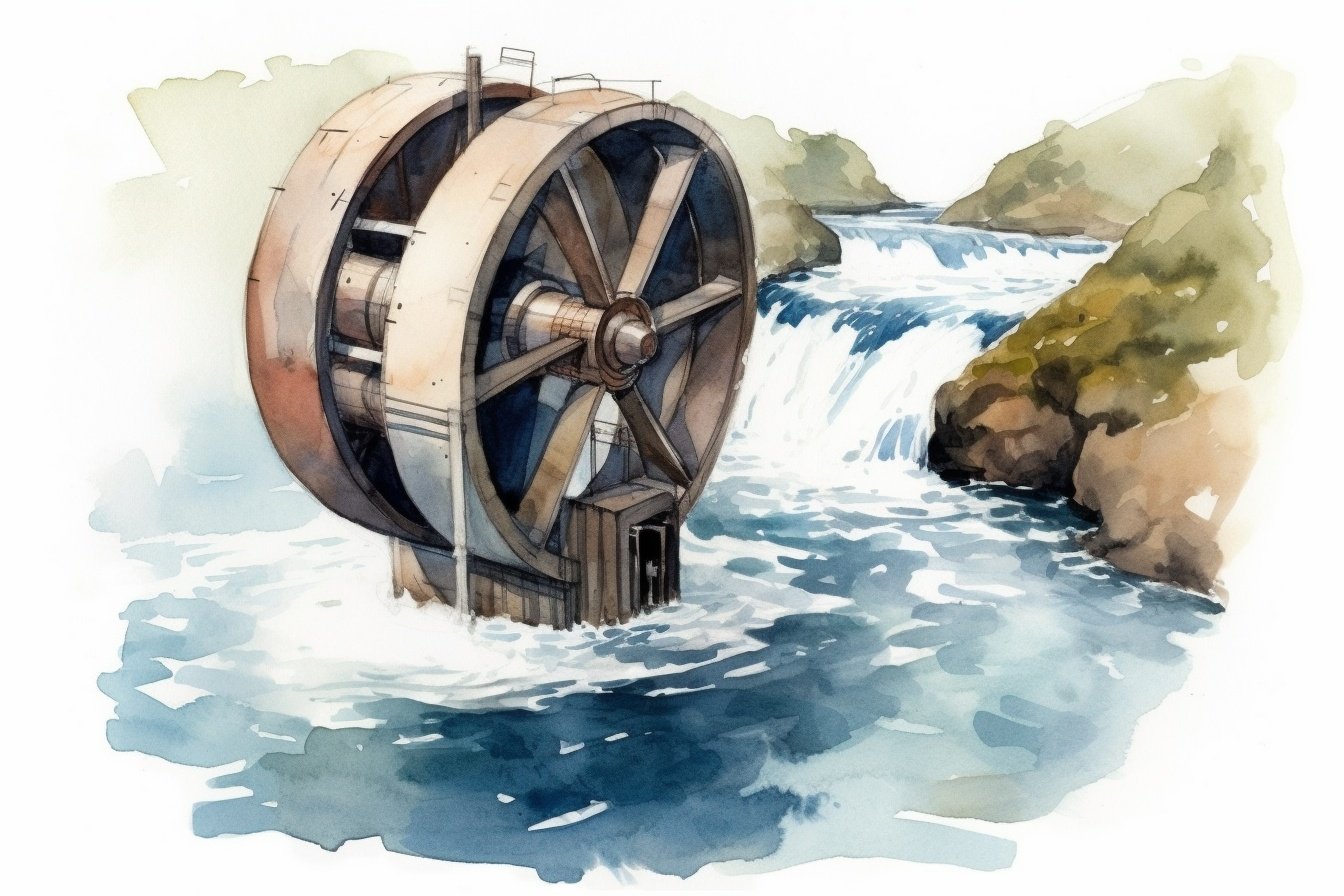
Energy
In-stream Hydro
2.0In-stream hydro is a renewable energy source that generates electricity from the natural flow of water in rivers and streams, reducing reliance on fossil fuels and lowering greenhouse gas emissions. By providing a clean and sustainable energy source, in-stream hydro can contribute to mitigating climate change and transitioning towards a low-carbon future.
- Cost
-
3
- Scalability
-
2
- Public Support
-
3
- Government Support
-
3
- Workforce Availability
-
1

Land Use
Thank you! How may I assist you?Indigenous Peoples' Land Management involves sustainable practices that can promote biodiversity and prevent deforestation, leading to lower carbon emissions and greater carbon sequestration. This can directly benefit climate change efforts by reducing greenhouse gas emissions and helping to mitigate the impacts of climate change.
- Cost
-
4
- Scalability
-
3
- Public Support
-
4
- Government Support
-
4
- Workforce Availability
-
3

Future Developments
Industrial Hemp
2.0Industrial Hemp can directly benefit climate change efforts by absorbing large amounts of carbon dioxide from the atmosphere, and by being a sustainable alternative to traditional agricultural practices that release harmful greenhouse gases.
- Cost
-
4
- Scalability
-
4
- Public Support
-
4
- Government Support
-
3
- Workforce Availability
-
4

Materials
Industrial recycling involves repurposing waste materials generated by industries and reintroducing them into the production cycle. This process reduces the demand for virgin materials, conserves natural resources, and reduces greenhouse gas emissions associated with the extraction and manufacturing of new products.
- Cost
-
3
- Scalability
-
4
- Public Support
-
3
- Government Support
-
4
- Workforce Availability
-
4

Buildings & Cities
Insulation
2.0Insulation can directly benefit climate change efforts by reducing the amount of energy needed to heat and cool buildings, which in turn reduces greenhouse gas emissions from power plants. This results in lower energy bills for individuals and organizations, as well as a significant reduction in carbon emissions.
- Cost
-
4
- Scalability
-
4
- Public Support
-
4
- Government Support
-
4
- Workforce Availability
-
4

Buildings & Cities
Landfill Methane
2.0Landfill methane, a potent greenhouse gas, can be captured and used as a renewable energy source, reducing the amount of methane released into the atmosphere and mitigating the impacts of climate change. This process also reduces the need for non-renewable energy sources, further contributing to climate change mitigation efforts.
- Cost
-
2
- Scalability
-
2
- Public Support
-
2
- Government Support
-
3
- Workforce Availability
-
2

Food
Managed Grazing
2.0Managed grazing involves the careful and intentional grazing of livestock on grasslands in a way that promotes healthy soil, diverse vegetation, and carbon sequestration. This practice can benefit climate change efforts by reducing greenhouse gas emissions, increasing carbon storage in the soil, and promoting sustainable land use practices.
- Cost
-
3
- Scalability
-
3
- Public Support
-
3
- Government Support
-
3
- Workforce Availability
-
3
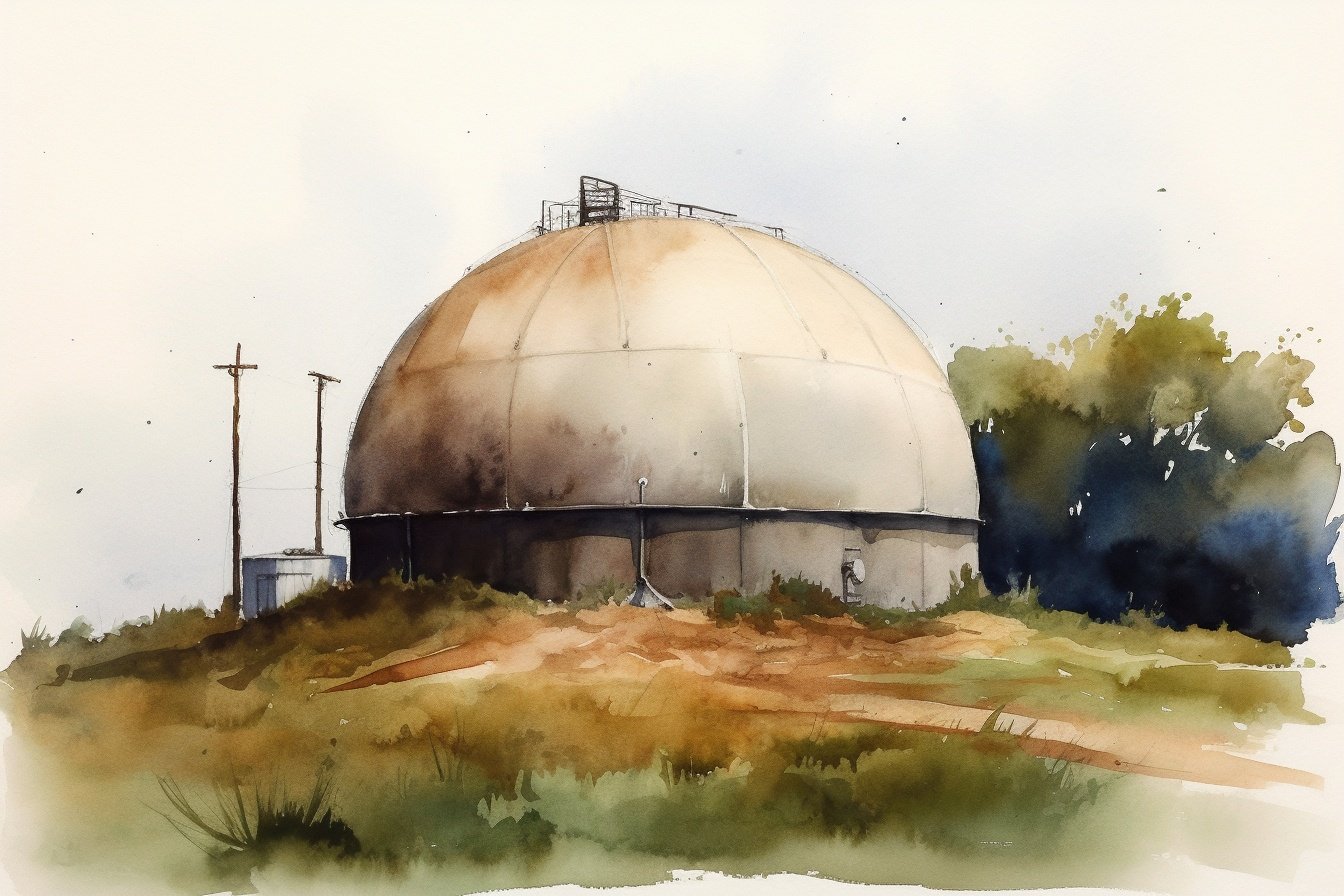
Energy
Methane digesters are a technology that converts organic waste into methane gas, which can be used as a renewable energy source. By capturing and utilizing methane emissions from waste, methane digesters can reduce greenhouse gas emissions and contribute to efforts to combat climate change.
- Cost
-
2
- Scalability
-
2
- Public Support
-
3
- Government Support
-
3
- Workforce Availability
-
1

Future Developments
Microbial farming involves using microorganisms to enhance soil health and increase crop yields, which can sequester carbon and reduce the need for synthetic fertilizers and pesticides, ultimately contributing to climate change mitigation efforts.
- Cost
-
3
- Scalability
-
4
- Public Support
-
4
- Government Support
-
3
- Workforce Availability
-
4

Energy
Microgrids
2.0Microgrids, which are small-scale, localized power grids that can operate independently or in conjunction with the main power grid, can directly benefit climate change efforts by increasing the use of renewable energy sources and reducing reliance on fossil fuels. This can lead to decreased greenhouse gas emissions and a more sustainable energy system.
- Cost
-
3
- Scalability
-
3
- Public Support
-
3
- Government Support
-
3
- Workforce Availability
-
2
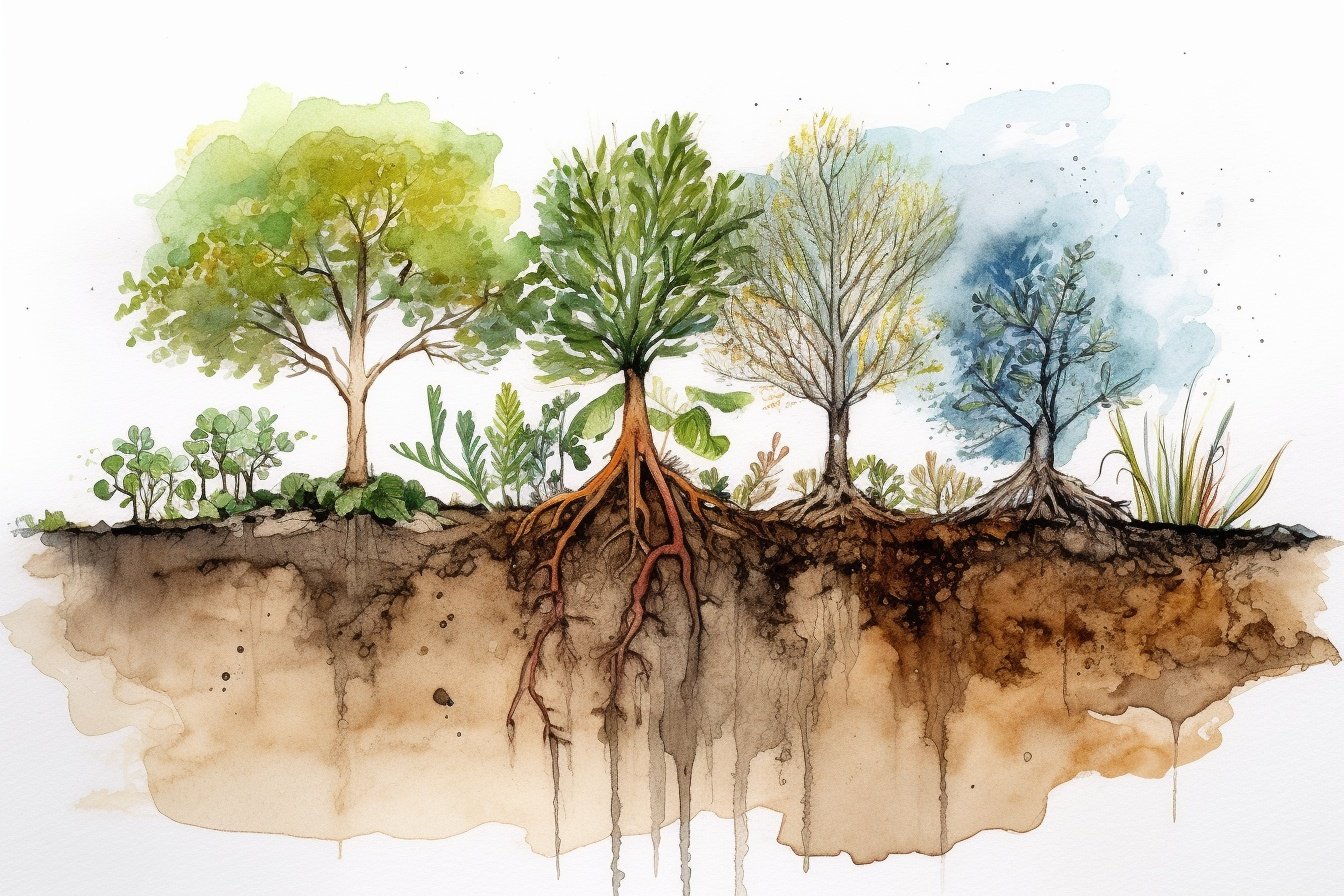
Food
Nutrient management involves optimizing the use of fertilizers and other soil amendments to improve crop yields and reduce nutrient losses to the environment. This can directly benefit climate change efforts by reducing greenhouse gas emissions from agriculture and improving soil health and carbon sequestration.
- Cost
-
3
- Scalability
-
3
- Public Support
-
3
- Government Support
-
3
- Workforce Availability
-
3

Future Developments
Pasture Cropping
2.0Pasture cropping is a sustainable farming practice that involves sowing crops into existing pastures. This approach can help sequester carbon in the soil, reduce greenhouse gas emissions, and improve soil health, making it a beneficial tool in the fight against climate change.
- Cost
-
4
- Scalability
-
4
- Public Support
-
4
- Government Support
-
3
- Workforce Availability
-
4

Land Use
Perennial biomass, such as switchgrass and miscanthus, can sequester carbon dioxide from the atmosphere and store it in their roots and soil. This process can help reduce greenhouse gas emissions and mitigate the impact of climate change.
- Cost
-
3
- Scalability
-
3
- Public Support
-
3
- Government Support
-
3
- Workforce Availability
-
3

Future Developments
Perennial Crops
2.0Perennial crops can directly benefit climate change efforts by sequestering more carbon in the soil, reducing the need for tillage and chemical inputs, and promoting biodiversity and soil health, leading to more resilient and sustainable agricultural systems.
- Cost
-
4
- Scalability
-
4
- Public Support
-
4
- Government Support
-
3
- Workforce Availability
-
4
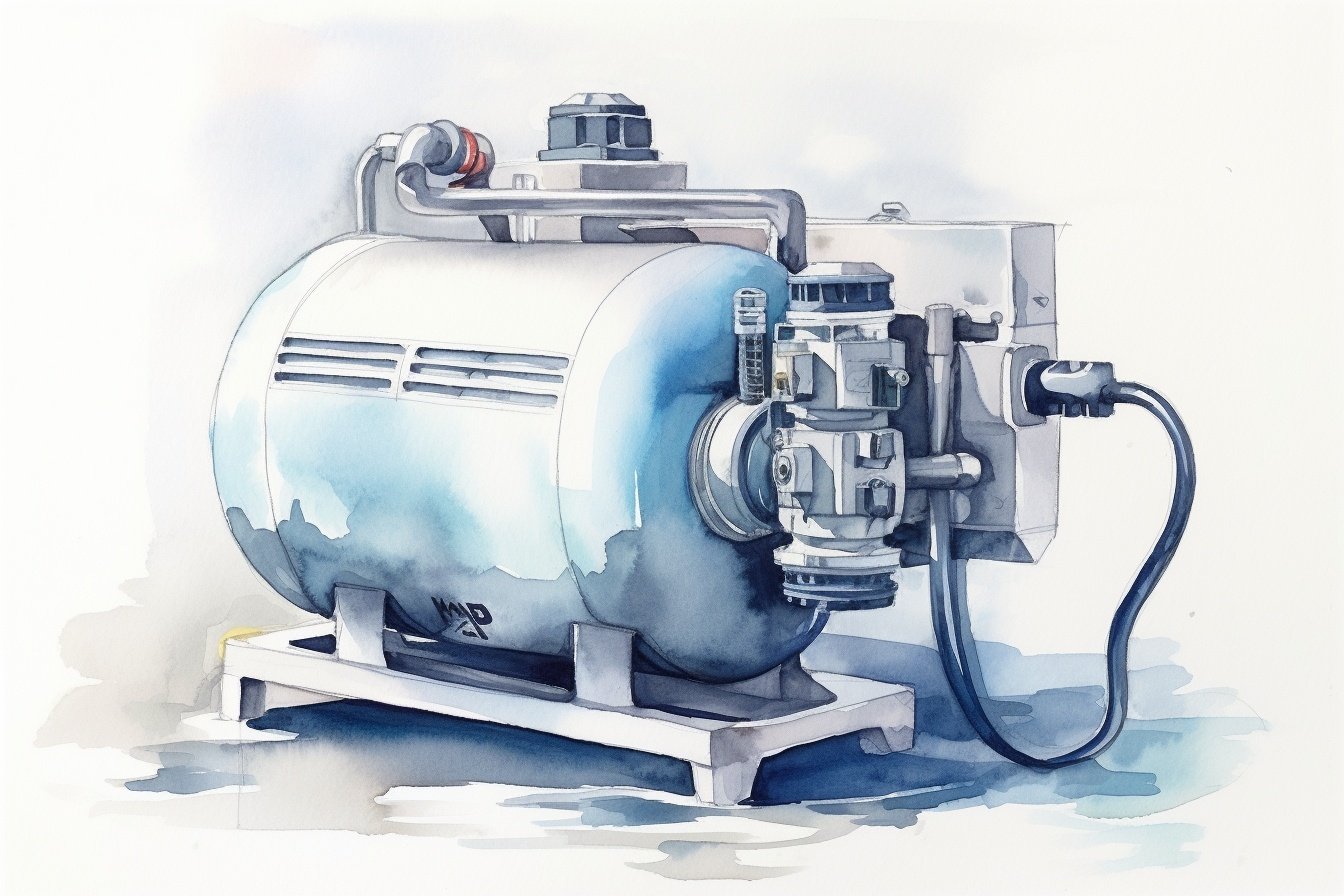
Materials
Refrigerant management involves proper handling and disposal of refrigerants that can cause damage to the ozone layer and contribute to global warming. By effectively managing refrigerants, we can reduce greenhouse gas emissions and help mitigate the negative impacts of climate change.
- Cost
-
4
- Scalability
-
4
- Public Support
-
4
- Government Support
-
4
- Workforce Availability
-
3

Buildings & Cities
Retrofitting
2.0Retrofitting refers to upgrading existing buildings to make them more energy-efficient, reducing their carbon footprint and energy consumption. This can directly benefit climate change efforts by reducing greenhouse gas emissions and helping to mitigate the impacts of climate change.
- Cost
-
3
- Scalability
-
3
- Public Support
-
3
- Government Support
-
4
- Workforce Availability
-
4
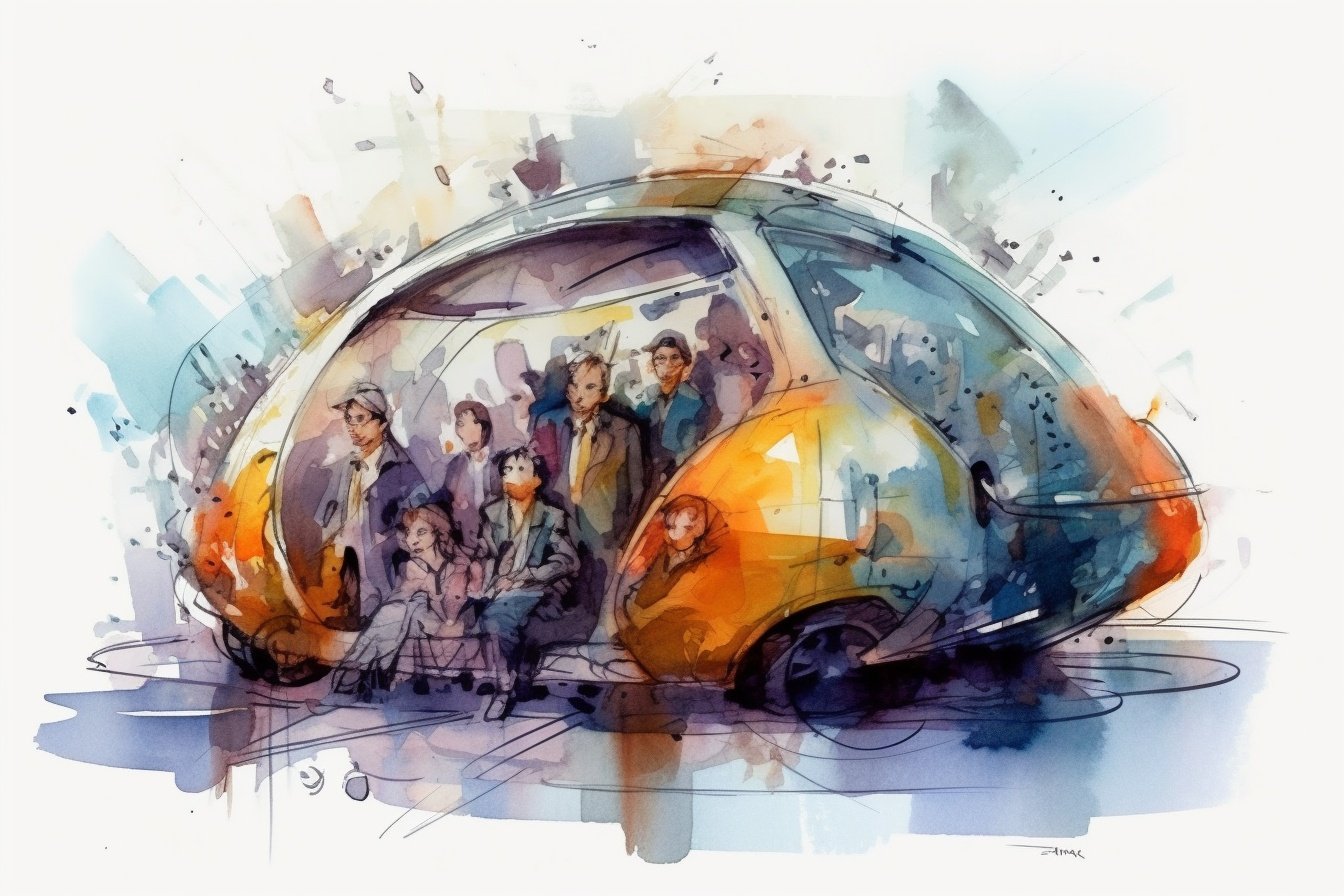
Transportation
Ridesharing
2.0Ridesharing allows individuals to share rides and reduce the number of vehicles on the road, leading to a decrease in greenhouse gas emissions and a positive impact on climate change efforts. Additionally, ridesharing services are increasingly offering electric and hybrid vehicles, further reducing emissions and promoting sustainable transportation.
- Cost
-
4
- Scalability
-
4
- Public Support
-
4
- Government Support
-
2
- Workforce Availability
-
4

Transportation
Ships
2.0Ships can benefit climate change efforts by reducing their carbon emissions through the use of cleaner fuels and energy-efficient technologies. This can contribute to the overall reduction of greenhouse gas emissions and help mitigate the impacts of climate change.
- Cost
-
2
- Scalability
-
4
- Public Support
-
2
- Government Support
-
2
- Workforce Availability
-
3

Transportation
Trains
2.0Trains are a more energy-efficient and environmentally-friendly mode of transportation compared to cars and planes, allowing for a reduction in greenhouse gas emissions. Investing in and expanding train infrastructure can also encourage more people to use trains instead of cars, further reducing emissions.
- Cost
-
3
- Scalability
-
4
- Public Support
-
3
- Government Support
-
3
- Workforce Availability
-
3

Transportation
Trucking
2.0Trucking can directly benefit climate change efforts by adopting more fuel-efficient technologies and practices, reducing carbon emissions from transportation. Additionally, transitioning to greener fuels like biodiesel or electrification can further reduce the environmental impact of the trucking industry.
- Cost
-
2
- Scalability
-
4
- Public Support
-
2
- Government Support
-
2
- Workforce Availability
-
3

Buildings & Cities
Walkable Cities
2.0Walkable cities can directly benefit climate change efforts by reducing carbon emissions from transportation, promoting active lifestyles that reduce the demand for energy-intensive healthcare, and creating more sustainable and resilient urban environments. This can lead to a reduction in greenhouse gas emissions and help mitigate the impacts of climate change.
- Cost
-
3
- Scalability
-
4
- Public Support
-
4
- Government Support
-
4
- Workforce Availability
-
4

Energy
Waste-to-energy
1.0Waste-to-energy is a process of generating electricity by converting waste materials into energy. This reduces the amount of waste sent to landfills, lowers greenhouse gas emissions, and produces clean energy.
- Cost
-
3
- Scalability
-
3
- Public Support
-
2
- Government Support
-
3
- Workforce Availability
-
2
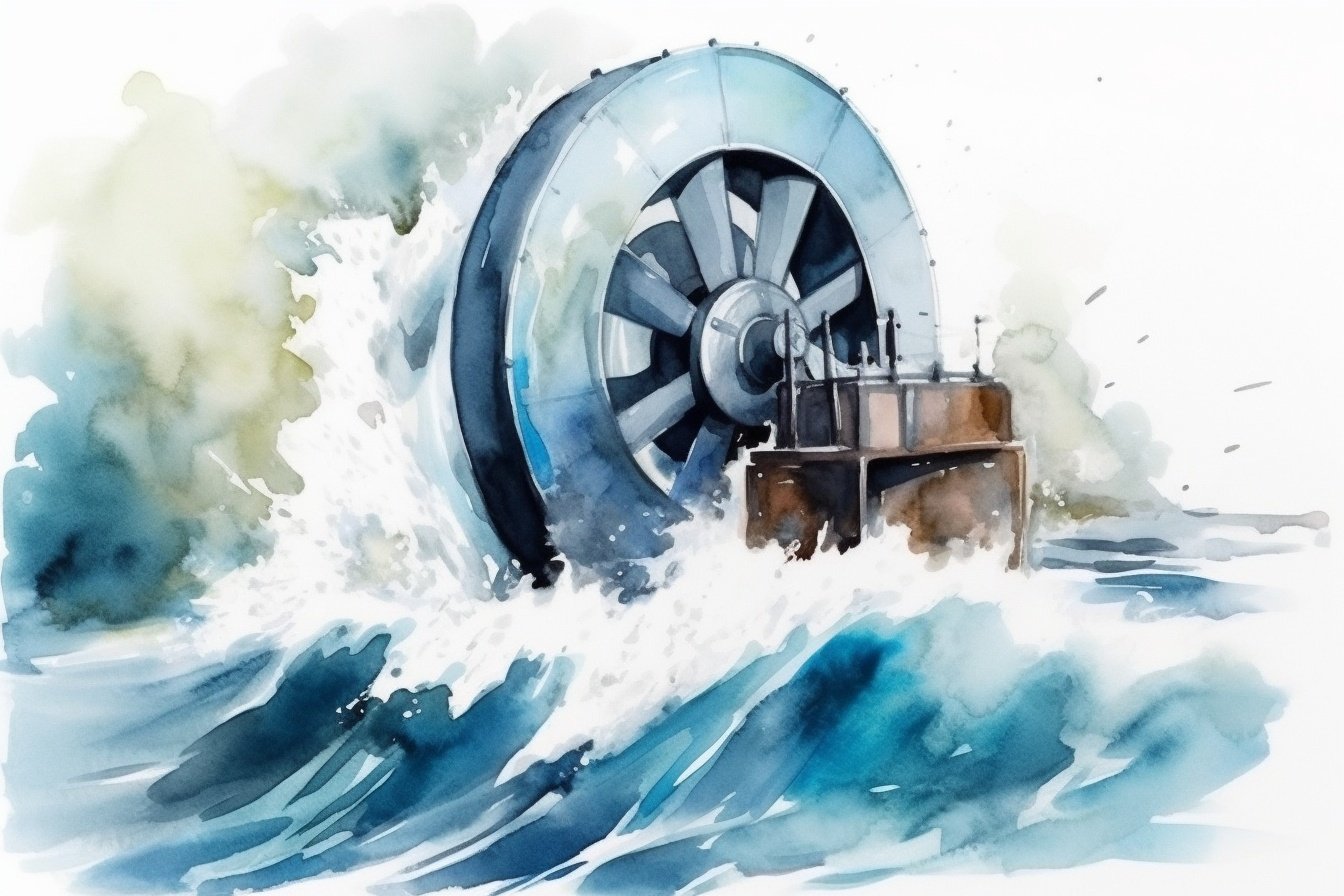
Energy
Wave and Tidal
1.0Wave and tidal energy are renewable sources of power that can directly benefit climate change efforts by providing clean, sustainable energy that does not emit harmful greenhouse gases, helping to reduce carbon emissions and combat climate change. Additionally, as these energy sources are predictable, they can provide a stable and reliable source of energy that can help to reduce reliance on fossil fuels.
- Cost
-
2
- Scalability
-
3
- Public Support
-
3
- Government Support
-
3
- Workforce Availability
-
1

Future Developments
Artificial Leaf
1.0Artificial Leaf is a technology that uses sunlight to convert carbon dioxide and water into clean fuel, reducing greenhouse gas emissions and helping to mitigate climate change. It can provide a renewable source of energy, while also removing harmful CO2 from the atmosphere.
- Cost
-
2
- Scalability
-
3
- Public Support
-
3
- Government Support
-
4
- Workforce Availability
-
3

Land Use
Bamboo
1.0Bamboo can help in the fight against climate change as it absorbs more CO2 and produces more oxygen than most plants, and its rapid growth rate allows it to be a sustainable substitute for wood and other materials that require more resources to produce.
- Cost
-
3
- Scalability
-
3
- Public Support
-
3
- Government Support
-
3
- Workforce Availability
-
3

Buildings & Cities
Bike infrastructure, such as bike lanes and bike sharing programs, can directly benefit climate change efforts by reducing the number of cars on the road and decreasing greenhouse gas emissions. This promotes more sustainable and environmentally-friendly transportation options.
- Cost
-
4
- Scalability
-
4
- Public Support
-
4
- Government Support
-
3
- Workforce Availability
-
3

Materials
Bioplastic
1.0Bioplastics are a type of plastic made from renewable biomass sources, which can help reduce our reliance on fossil fuels and decrease greenhouse gas emissions during production. Bioplastics can also be composted, reducing the amount of plastic waste in landfills, which can contribute to methane emissions.
- Cost
-
2
- Scalability
-
3
- Public Support
-
4
- Government Support
-
3
- Workforce Availability
-
3

Buildings & Cities
Building automation systems can optimize energy usage and reduce waste by controlling lighting, heating, and cooling systems in buildings, resulting in significant energy savings and reduction in greenhouse gas emissions, thus directly benefiting climate change efforts.
- Cost
-
3
- Scalability
-
3
- Public Support
-
3
- Government Support
-
3
- Workforce Availability
-
3

Food
Clean cookstoves
1.0Clean cookstoves can directly benefit climate change efforts by reducing emissions of harmful pollutants from traditional cong methods, such as burning wood or charcoal. This leads to improved air quality and reduced greenhouse gas emissions, contributing to global efforts to mitigate climate change.
- Cost
-
3
- Scalability
-
2
- Public Support
-
3
- Government Support
-
4
- Workforce Availability
-
2

Food
Composting
1.0Composting helps reduce the amount of organic waste that ends up in landfills, which reduces the production of methane, a potent greenhouse gas. Additionally, compost can be used as a natural fertilizer, which reduces the need for synthetic fertilizers that contribute to greenhouse gas emissions during production.
- Cost
-
4
- Scalability
-
3
- Public Support
-
4
- Government Support
-
3
- Workforce Availability
-
3

Buildings & Cities
Green Roofs
1.0Green roofs, also known as living roofs, absorb carbon dioxide, reduce urban heat island effects, and provide insulation. This results in reduced energy consumption and lower greenhouse gas emissions, directly benefiting climate change efforts.
- Cost
-
2
- Scalability
-
3
- Public Support
-
3
- Government Support
-
3
- Workforce Availability
-
3
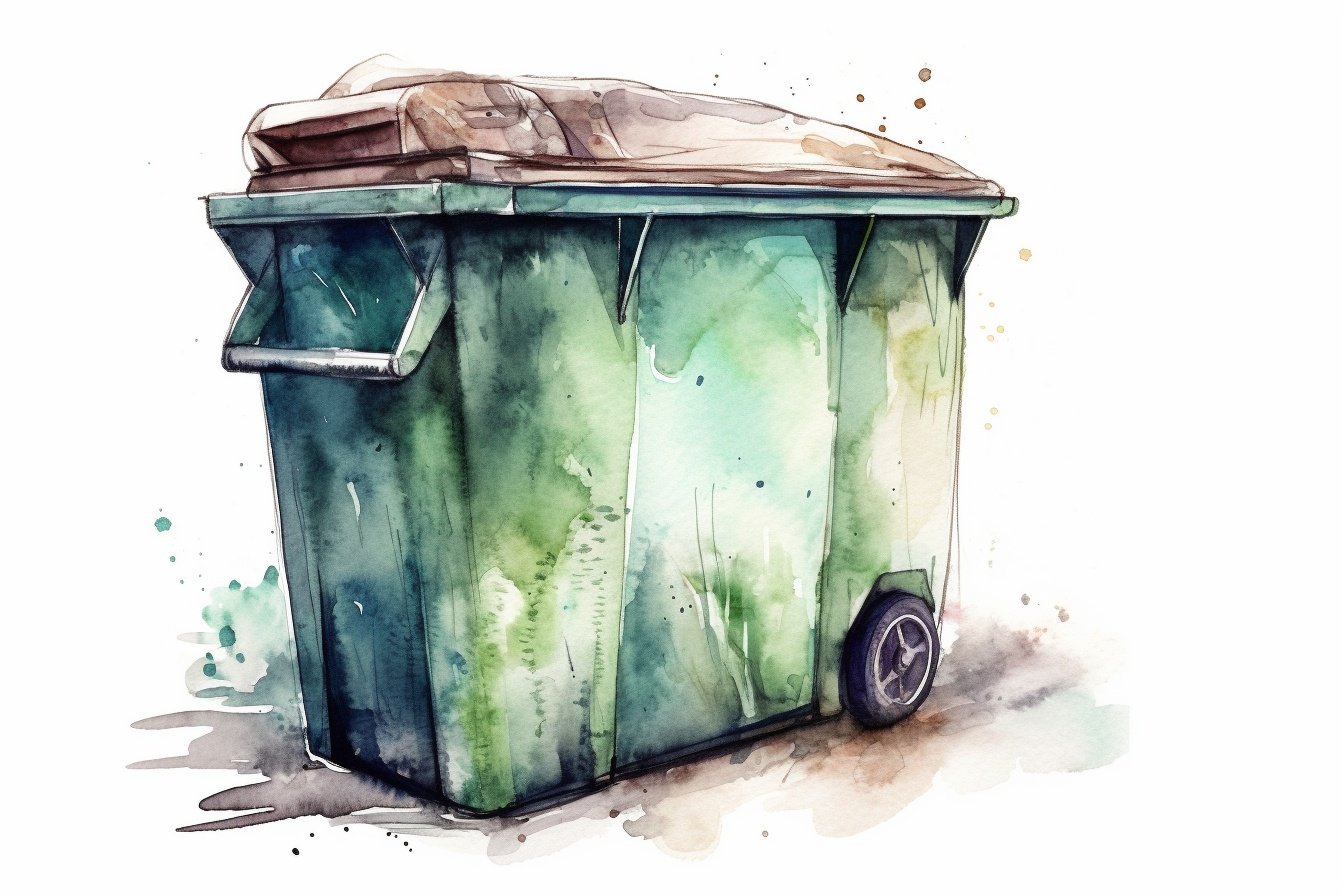
Materials
Recycling
1.0Recycling can directly benefit climate change efforts by reducing the amount of waste that ends up in landfills, which reduces greenhouse gas emissions from decomposition. Additionally, recycling reduces the need for new resources to be extracted and manufactured, which can also reduce greenhouse gas emissions from these processes.
- Cost
-
4
- Scalability
-
4
- Public Support
-
4
- Government Support
-
3
- Workforce Availability
-
4

Future Developments
Hyperloop
1.0Hyperloop is a proposed transportation system that uses a low pressure tube to transport people and goods at high speeds. Its potential to replace traditional transportation methods, such as airplanes and cars, could significantly reduce greenhouse gas emissions and help mitigate climate change.
- Cost
-
2
- Scalability
-
3
- Public Support
-
4
- Government Support
-
4
- Workforce Availability
-
3

Buildings & Cities
LED Lighting
1.0LED lighting can directly benefit climate change efforts by reducing energy consumption and greenhouse gas emissions, as LED lights use up to 80% less energy than traditional lighting sources and have a longer lifespan, reducing waste and the need for frequent replacements.
- Cost
-
4
- Scalability
-
4
- Public Support
-
4
- Government Support
-
4
- Workforce Availability
-
4

Future Developments
Living Buildings
1.0Living Buildings are designed to operate in a self-sustainable manner, with a focus on minimizing carbon emissions and reducing energy consumption. By promoting the use of Living Buildings, we can significantly reduce the carbon footprint of buildings and make a positive impact on climate change.
- Cost
-
3
- Scalability
-
3
- Public Support
-
4
- Government Support
-
3
- Workforce Availability
-
4

Energy
Micro Wind
1.0Micro Wind is a renewable energy technology that harnesses wind power to generate electricity on a small scale. By promoting the use of Micro Wind, we can reduce reliance on fossil fuels and decrease greenhouse gas emissions, thus contributing to efforts to mitigate climate change.
- Cost
-
3
- Scalability
-
2
- Public Support
-
4
- Government Support
-
2
- Workforce Availability
-
2

Buildings & Cities
Smart Glass
1.0Smart Glass can benefit climate change efforts by reducing the need for artificial lighting and air conditioning in buildings, thus decreasing energy consumption and greenhouse gas emissions. Its ability to automatically adjust to external light can also reduce solar heat gain, further reducing energy usage and carbon emissions.
- Cost
-
2
- Scalability
-
2
- Public Support
-
3
- Government Support
-
2
- Workforce Availability
-
2

Future Developments
Smart Highways
1.0Smart highways can benefit climate change efforts by incorporating sustainable technologies, such as solar panels and energy-efficient lighting, to reduce energy consumption and carbon emissions from transportation infrastructure. Additionally, the integration of smart traffic management systems can optimize traffic flow, reducing congestion and idling, further reducing carbon emissions.
- Cost
-
3
- Scalability
-
4
- Public Support
-
4
- Government Support
-
4
- Workforce Availability
-
4

Buildings & Cities
Smart thermostats can help reduce energy consumption and greenhouse gas emissions by automatically adjusting temperature settings based on occupancy patterns and weather conditions, resulting in lower energy bills and a smaller carbon footprint.
- Cost
-
3
- Scalability
-
3
- Public Support
-
3
- Government Support
-
3
- Workforce Availability
-
3

Future Developments
Solid-state wave energy is a renewable energy technology that can generate electricity from ocean waves without producing greenhouse gas emissions. Its implementation can directly reduce reliance on fossil fuels and help mitigate climate change.
- Cost
-
2
- Scalability
-
3
- Public Support
-
3
- Government Support
-
4
- Workforce Availability
-
2

Transportation
Telepresence
1.0Telepresence technology can reduce the need for physical travel and transportation, thereby decreasing greenhouse gas emissions and contributing to a more sustainable future. This can be especially beneficial for business meetings, conferences, and other events that would otherwise require extensive travel.
- Cost
-
4
- Scalability
-
4
- Public Support
-
3
- Government Support
-
2
- Workforce Availability
-
4

Buildings & Cities
Water distribution can directly benefit climate change efforts by reducing water waste and improving water efficiency in agriculture, industry, and households, ultimately leading to reduced greenhouse gas emissions and less strain on natural resources. This can also contribute to overall sustainability and resilience in communities.
- Cost
-
3
- Scalability
-
3
- Public Support
-
3
- Government Support
-
4
- Workforce Availability
-
3

Materials
Water Saving
1.0Water saving can directly benefit climate change efforts by reducing energy usage required to transport, treat, and heat water, as well as by preserving freshwater resources that are vulnerable to the impacts of climate change such as droughts and floods.
- Cost
-
4
- Scalability
-
4
- Public Support
-
4
- Government Support
-
4
- Workforce Availability
-
4
[title] Details
Best Area to Invest $1 Million
[investmentPotential]
Estimated Budget Required
[formattedBudgetRequired]Estimated Emission Reduction
[formattedEmissionReduction]Opportunities
-
[opportunities]
Challenges
-
[challenges]
Data Sources and Resources
-
[sources]
